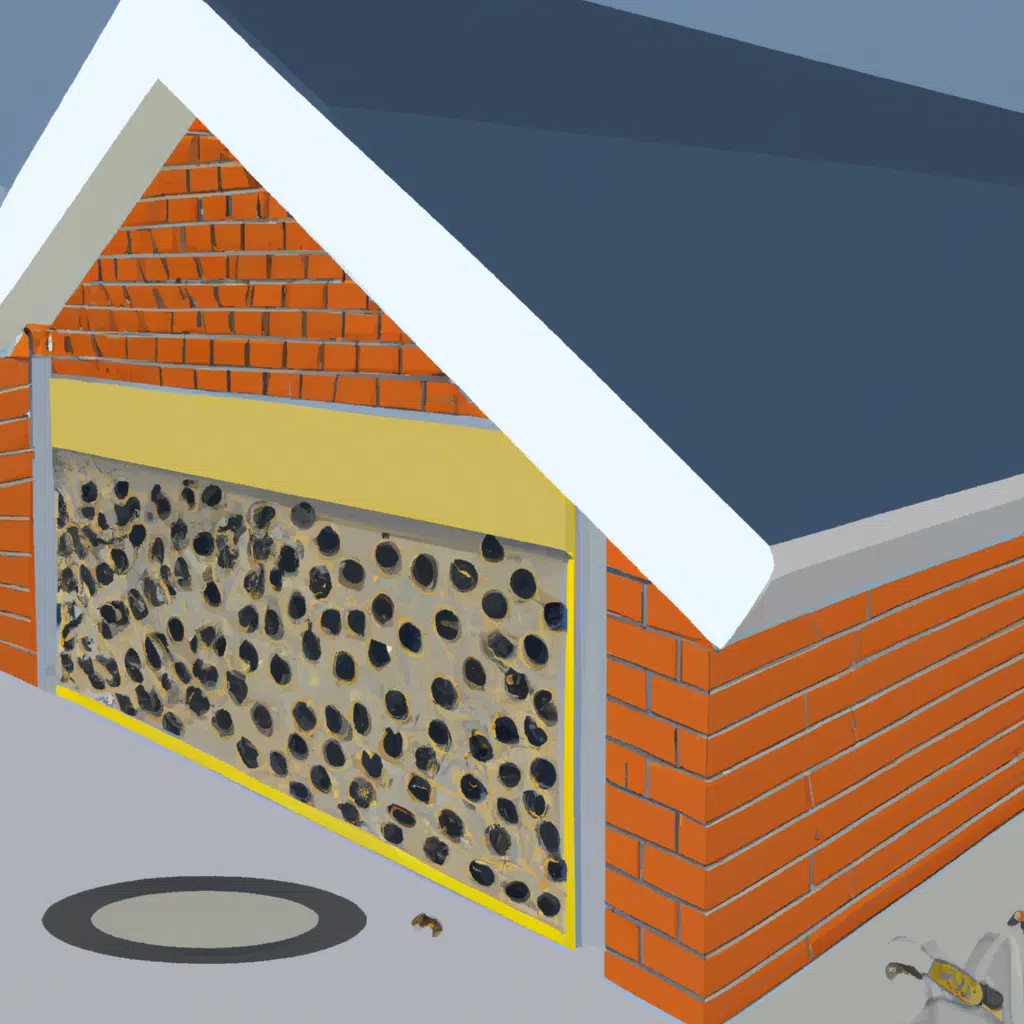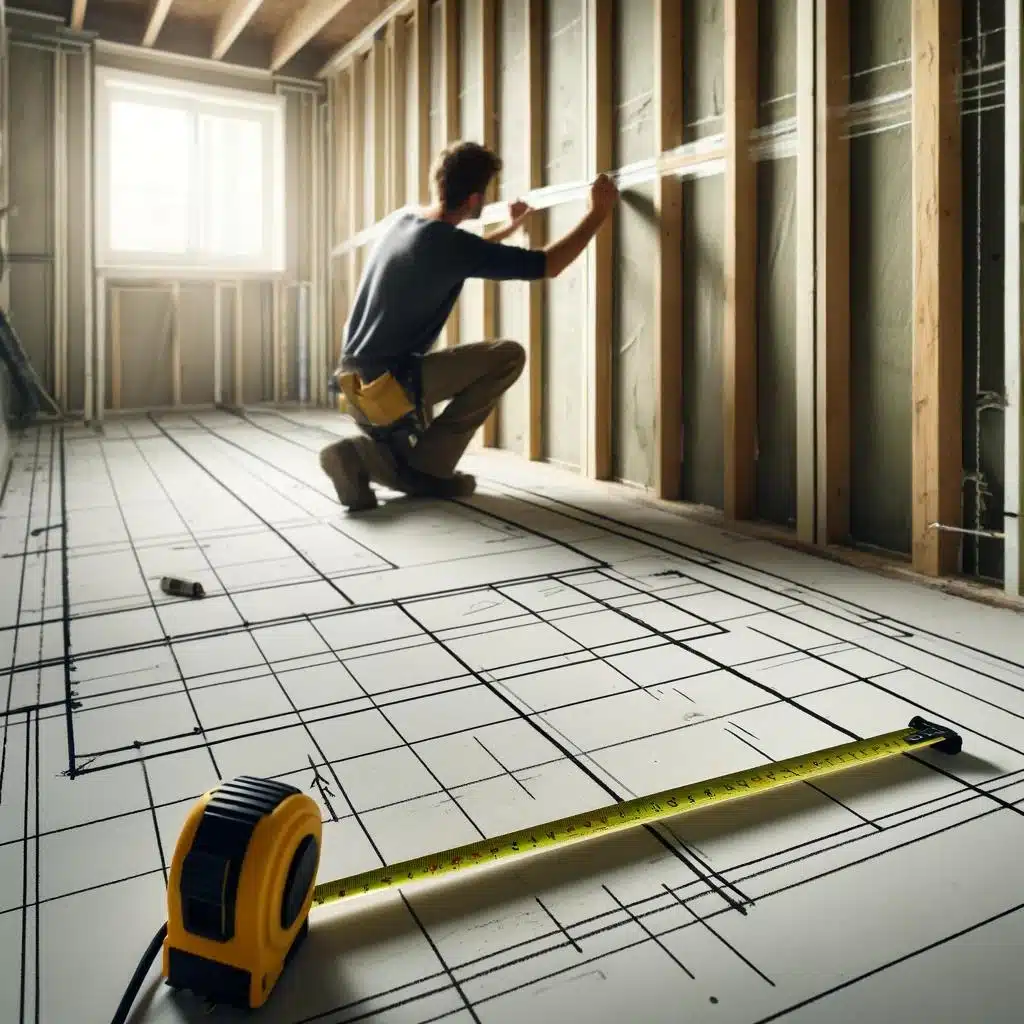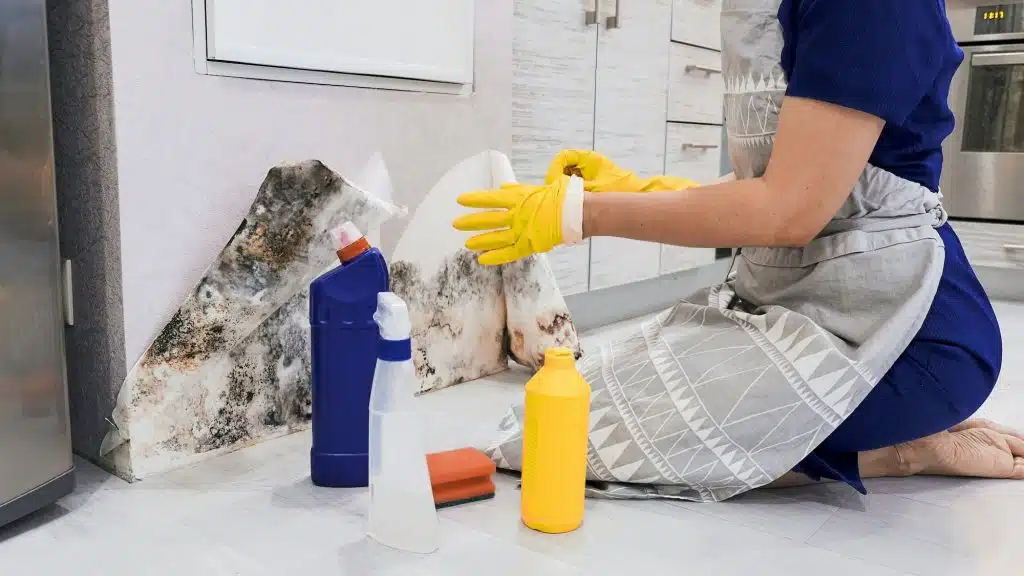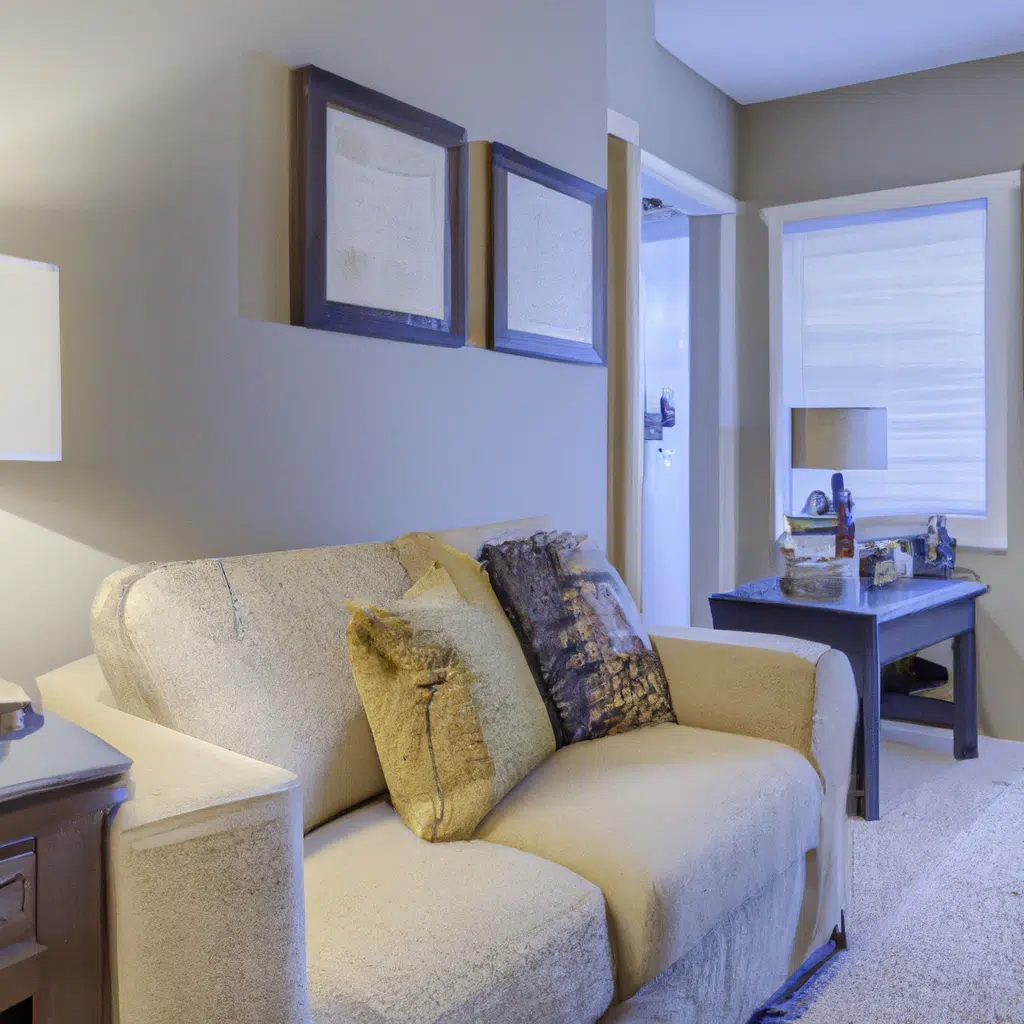
Building a home that is resistant to pests and insects is one of the most important things to consider when constructing a new house. Pest infestations can cause damage to the structure of the building, and can also pose a health risk to the occupants. By incorporating certain design elements and taking preventative measures, you can protect your home from pests and insects.
Start with the Foundation
The foundation of your home is the most important part, as it supports the entire structure. It is important to make sure that the foundation is properly sealed and all cracks are filled to prevent pests from entering. Installing a drainage system around the perimeter of the foundation can also help to keep moisture levels low, which will discourage pests from taking up residence.
Choose the Right Building Materials
The materials you use to build your home can have a big impact on pest resistance. Some materials, like wood, are more prone to termite infestations. Consider using materials like concrete, steel, or brick, which are less susceptible to pests and insects. If you do choose to use wood, make sure it is treated with a pest-resistant coating.
Use Proper Ventilation
Proper ventilation is important to prevent moisture buildup, which can attract pests. Make sure your home has adequate ventilation in areas like the attic, crawl space, and bathroom. Installing screens on windows and doors can also help to keep pests out while allowing fresh air to circulate.
Seal Gaps and Cracks
Gaps and cracks in your home provide easy access for pests and insects. It is important to seal up any gaps or cracks, both inside and outside the home. This includes gaps around windows and doors, as well as holes in walls and floors. Use a sealant or caulk to fill these gaps and prevent pests from entering.
Maintain Your Landscape
The landscaping around your home can also contribute to pest problems. Make sure to keep plants and bushes trimmed away from the home to prevent pests from using them as a bridge to enter. Remove any debris or clutter from the yard, as this can also provide a hiding place for pests.
Work with a Pest Control Professional
Even with all these preventative measures in place, it is still important to work with a pest control professional. They can provide regular inspections and treatments to keep your home pest-free. Look for a company that uses eco-friendly methods and products to minimize the impact on the environment.
Conclusion
Building a home that is resistant to pests and insects is an important consideration for any homeowner. By starting with a solid foundation, choosing the right materials, using proper ventilation, sealing gaps and cracks, maintaining your landscape, and working with a pest control professional, you can protect your home from unwanted guests. With these tips, your home will be a safe and comfortable place for you and your family to enjoy for years to come.



